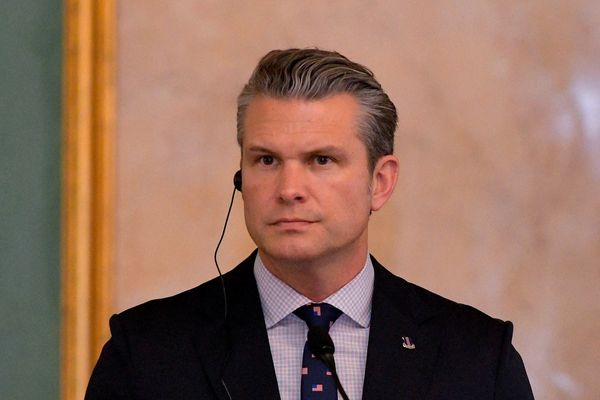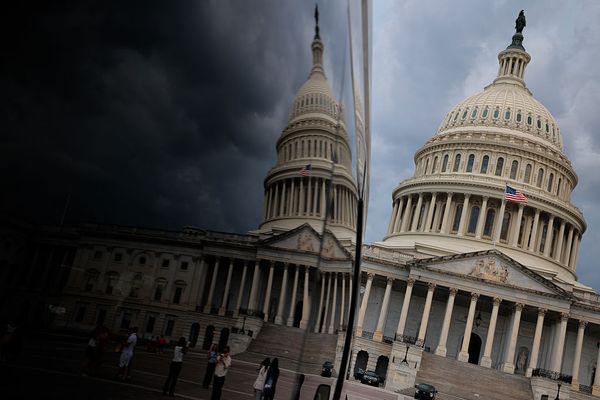Unemployment has risen to its highest level since the pandemic with more than 1.7 million people looking for work, latest official figure show today.
The total of 1.737 million unemployed recorded in the June to August quarter was a jump of more than 60,000 since the previous three month period. It was the most since the November 2020 to January 2021 quarter when the UK economy was still held back by the Covid lockdowns, according to figures from the Office for National Statistics (ONS).
The unemployment rate rose from 4.7% to 4.8%, the highest since the March to May quarter of 2021. The ONS data shows the biggest jobs shake out over the past year has been in the hard pressed hospitality sector.
In the year to August the number of payrolled jobs have fallen by 93,000, or 0.3% as the employment from last year’s Budget has gathered pace and growth has slowed down.
The 10,000 fall in payroll employment in September was the ninth monthly fall in the eleven months since the Chancellor announced rises in National Insurance Contributions for employers and the minimum wage in the October Budget
The largest increase was in the health and social work sector, with a rise of 45,000 employees; the largest decrease was in the hospitality sector, with a fall of 59,000 employees.
Vacancies in the UK fell by 9,000 to 717,000, in the July to September quarter. This is the 39th consecutive period where vacancy numbers have dropped compared with the previous three months, with vacancies decreasing in 9 of the 18 industry sectors.
Underlying wages growth slowed to 4.7% , or 5% including bonuses. Annual average regular earnings growth was 4.4% for the private sector and 6% for the public sector.
Secretary of State for Work and Pensions, Pat McFadden said: "The numbers of people in work and looking for work are at a record high.
"However, there are still too many people locked out of employment or training and missing out on the security a good job provides.
“That’s why we are reforming Jobcentres and investing in our Connect to Work programme to build a workforce fit for the future and boost economic growth in every corner of the UK as part of the Plan for Change.”
Professor Joe Nellis, economic adviser at accountancy firm MHA, said: “The labour market continues to show signs of strain, as unemployment rose to 4.8% in August. Hiring momentum has slowed across most sectors, with many employers holding off on new recruitment or scaling back hours instead of making redundancies. While this suggests a degree of resilience, it also signals that businesses are operating with caution amid fragile demand, elevated borrowing costs, and uncertainty ahead of the Autumn Budget.
This is having a particular impact on employment prospects for young people entering the workforce for the first time — for both graduates and non-graduates.
“The debate around AI rages on, and while some businesses are claiming that their entry-level recruitment is slowing as AI proves able to complete the more menial tasks that are often the responsibility of these employees, the more important driver of this is hiring costs. The increase in the minimum wage and employer NICs have made it difficult for businesses to invest in young talent, and we are seeing this reflected in the high levels of youth unemployment.”







